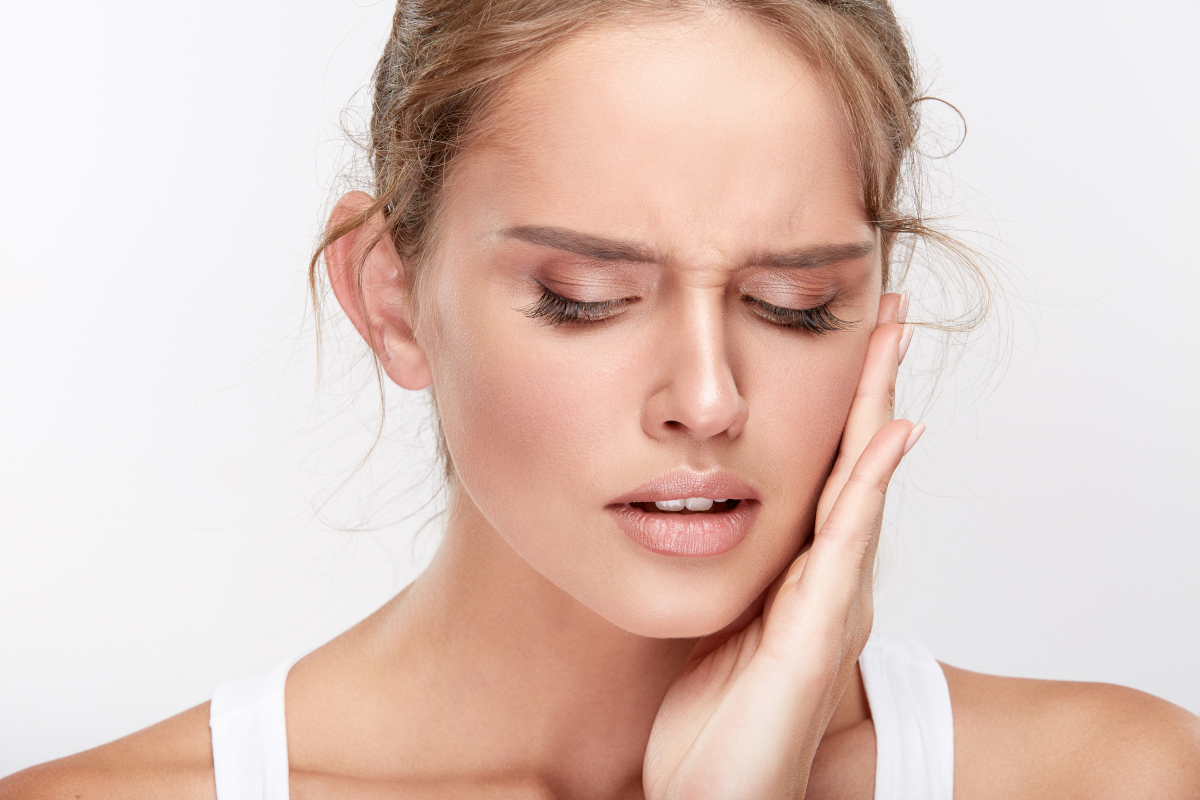Contents

How to Effectively Relieve Pain from Braces
Orthodontic treatments are often synonymous with pain and discomfort, especially at the beginning. Fortunately, there are many tips to alleviate these annoyances and continue wearing your dental appliance with peace of mind.
Discover our advice for relieving the most common aches, the causes of this pain, and which type of appliance to choose for the most comfortable treatment possible.
5 Tips to Alleviate Pain from Orthodontic Appliances
- Take a pain reliever: On your orthodontist's recommendation, pain medication can provide relief, especially at the start of treatment or after an adjustment.
- Prefer soft foods: Opt for an easy-to-chew diet while you get used to your appliance to avoid injury and discomfort.
- Apply cold: Cold has a numbing effect. You can apply an ice pack, drink cool water, or eat cold foods (ice cream, fruit) to numb the pain.
- Use orthodontic wax: Applied to the irritating parts of your appliance (brackets), the wax protects your oral mucosa from friction. Also consider healing gels for any sores.
- Use mouth rinses: After meals, a mouth rinse can soothe the pain caused by contact between the appliance and the teeth.
If the pain persists despite these tips, talk to your dentist, who can adjust your treatment.
What is the Most Comfortable Dental Appliance?
To avoid pain related to friction, it is possible to opt for a clear aligner type of dental appliance when feasible. Just as effective, these trays are discreet and more comfortable to wear daily.
If you are looking for a solution that combines comfort, aesthetics, and effectiveness, treatments from brands like Invisalign or Candid are excellent options. They offer some of the most competitive prices on the market.
What are the Most Common Causes of Orthodontic Pain?
Several factors can explain the pain experienced with a dental appliance:
- Pain related to tooth movement: To correct misalignments, orthodontics exerts forces on the teeth. These movements create painful tensions, especially at the beginning of the treatment and after adjustments.
- Pain related to brackets: These small pieces glued to the teeth can irritate the inside of the cheeks and lips, causing sores.
- Pain related to protruding archwires: When the orthodontic wires are too long, they can injure the soft tissues of the mouth (tongue, cheeks...). The orthodontist must then adjust them.
- Pain related to accidents: A detached bracket, a broken wire, or an impact can cause injuries and require prompt intervention from the practitioner.
- Pain related to retainers: After treatment, wearing a retainer can also cause temporary discomfort for a few days.
Note that poor oral hygiene during treatment can also be a source of pain by promoting cavities, gingivitis, or irritation. Regular and thorough brushing is essential.
| Type of Pain | Causes | Solutions |
|---|---|---|
| Related to tooth movement | Forces exerted on the teeth to align them | Pain relievers, soft diet, cold application |
| Related to brackets | Friction of brackets on the mucous membranes | Orthodontic wax, healing gels |
| Related to protruding archwires | Wires too long, injuring tongue, cheeks | Adjustment by the orthodontist |
In Summary
Wearing a dental appliance often involves temporary pain that can be relieved with a few tips:
- Take pain relievers with your orthodontist's approval
- Eat soft, cold foods to soothe the gums
- Apply wax and healing gels to irritated areas
- Use mouth rinses regularly
Some appliances like clear aligners are also more comfortable and less likely to cause sores than traditional braces.
If your pain persists, do not hesitate to consult your dentist to adjust your treatment. With regular follow-up and good hygiene, your dental appliance will soon be just a distant memory!
FAQ About Pain Related to Dental Appliances
How long does the pain from braces last?
The pain is often most intense for the first 3 to 5 days after an adjustment and then subsides. If it persists or is too severe, consult your orthodontist.
How to sleep with the pain from braces?
Before bed, take a pain reliever and apply an ice pack to your cheek. Sleep with your head elevated and eat soft foods in the evening to limit tension.
What pain relievers can I take to soothe the aches from an appliance?
Prefer over-the-counter pain relievers like acetaminophen (Tylenol) or ibuprofen (Advil, Motrin), following the dosage instructions. Ask your doctor or orthodontist for advice, especially for children.
Is the pain worse with lingual braces?
Lingual braces (placed behind the teeth) generally cause more tongue irritation at the beginning of treatment. The adjustment period is a bit longer.
Why do the elastics on my appliance hurt?
Orthodontic elastics exert forces on the teeth, which can create a feeling of tension for the first few days. In case of prolonged pain, consult your practitioner.
